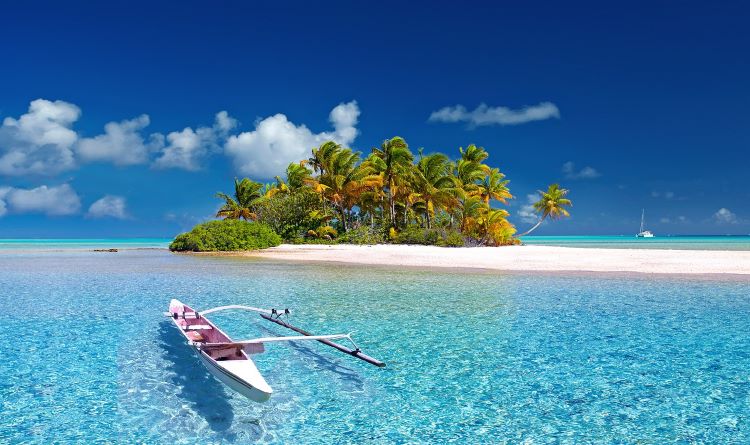Sailing Holidays in French Polynesia
French Polynesia, overseas collectivity of France consisting of five archipelagoes in the south-central Pacific Ocean. Included are some 130 islands scattered across the Pacific between latitudes 7° and 27° S and longitudes 134° and 155° W—a total land area roughly equivalent to that of metropolitan Paris and London combined but spread across a swath of ocean five times as large as France. The archipelagoes of French Polynesia are the Society Islands, Tuamotu Archipelago, Gambier Islands, Marquesas Islands, and Tubuai Islands. The capital, Papeete, is on Tahiti, French Polynesia’s largest island in the Society group. The islands are all protrusions of parallel submarine ridges trending from the northwest to the southeast. The Society Islands are the most westerly and extensive group, accounting for two-fifths of the land area and nearly nine-tenths of the population. They consist of two groups, the Îles du Vent (Windward Islands) in the east and the Îles Sous le Vent (Leeward Islands) in the west. Except for a few small coral atolls, the Society Islands resulted from the emergence of underwater volcanoes. The volcanic cones are highly eroded and cut up into high crests and deep, radiating valleys. The often lushly vegetated mountains drop abruptly to narrow coastal strips or directly into lagoons or the sea. The islands are protected from the force of the sea by almost completely encircling barrier reefs.
Tahiti, formed of two ancient volcanic cones, is particularly striking because of its dramatic silhouette, which rises 7,352 feet (2,241 metres) above sea level. The mountains are empty of human settlement, habitation and planting being entirely limited to the coastal strip and valley outlets of the island. The island of Moorea, separated from Tahiti by a channel 8.5 miles (14 km) wide, is also a high island and is encircled with brilliant white coral sand beaches. It is well-connected to Tahiti by boat and taxi planes—a consequence of the booming tourist trade there.
Climate of French Polynesia
The climate is tropical—warm and humid. A warm rainy season lasts from November to April, and a relatively cool dry season from May to October. The dispersion of the islands through 20° of latitude, however, results in regional climatic variation. Except in the Marquesas and the northern Tuamotus, precipitation is abundant, often falling in violent rain storms. As much as 120 inches (3,050 mm) falls annually on the coastal areas. There are local variations because of differing exposures; on average the windward coasts receive more precipitation.
The temperature varies only slightly throughout the year. At Papeete the average annual temperature is 79 °F (26 °C); the high average is 91 °F (33 °C) in March and the low average 70 °F (21 °C) in August. The Tubuai Islands, farther south, have a cooler climate; the low average can go down to 64 °F (18 °C) in September. The relative humidity is always high—generally between 80 and 90 percent. The more elevated areas are continually enveloped in heavy cloud formations.
French Polynesia is in the trade-wind zone. The dominant winds thus blow from the north and northeast, but they tend toward the southeast between May and October. There are long periods of calm in the period from April to June but with occasional typhoons, particularly during occurrences of the El Niño water-temperature anomaly in the Pacific.
Because of the isolation of the islands, there is little variety in terrestrial flora and fauna. Most of the plant species were introduced by the first Polynesians, and others were introduced by Europeans.
Plant cover varies according to local conditions. On the limestone soils of the atolls, xerophilous (desert-type) plants are commonly found. On the high volcanic islands plant life is more diversified; ferns have conquered many hills and plateaus, whereas rainforests are established in the upper valley areas. On coastal plains coconut, breadfruit, and various fruit trees flourish.
The land fauna is especially limited, and most of the species have been introduced. Although no mammals are indigenous to the islands, there are feral goats, pigs, horses, cattle, and rats. A fish called nato and a variety of shrimp are found in the islands’ freshwater streams. The marine life in the lagoons and surrounding seas is varied and plentiful.

